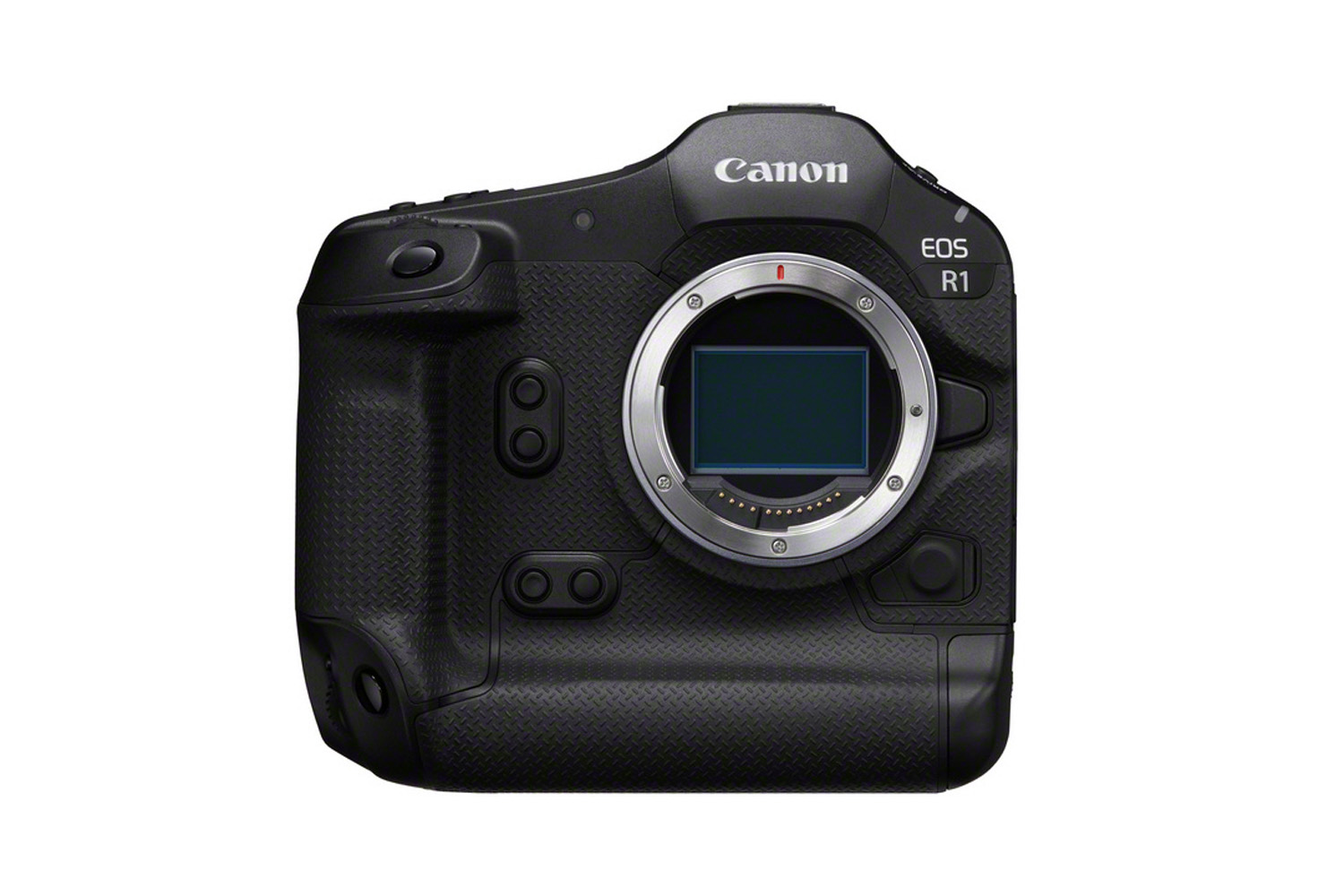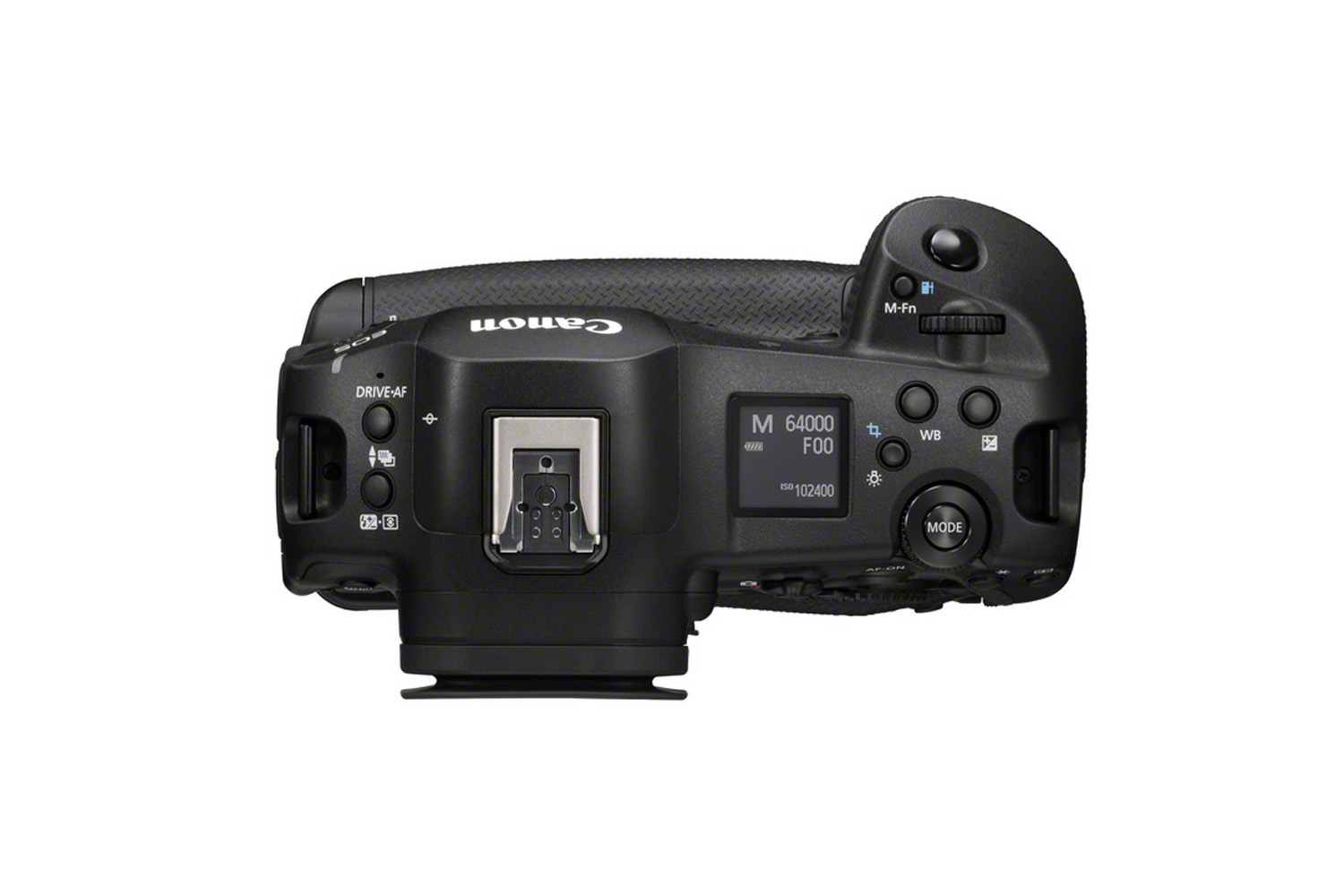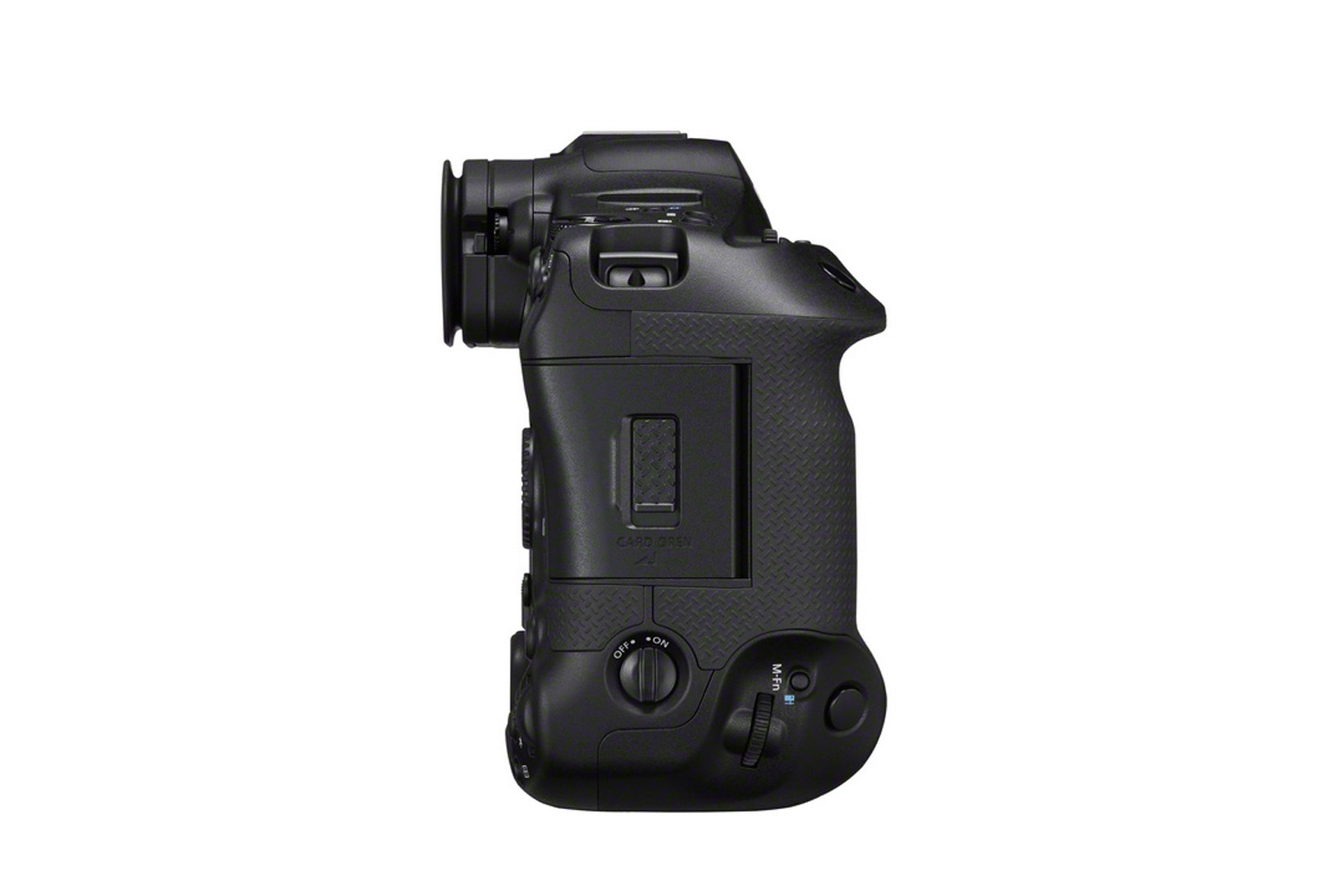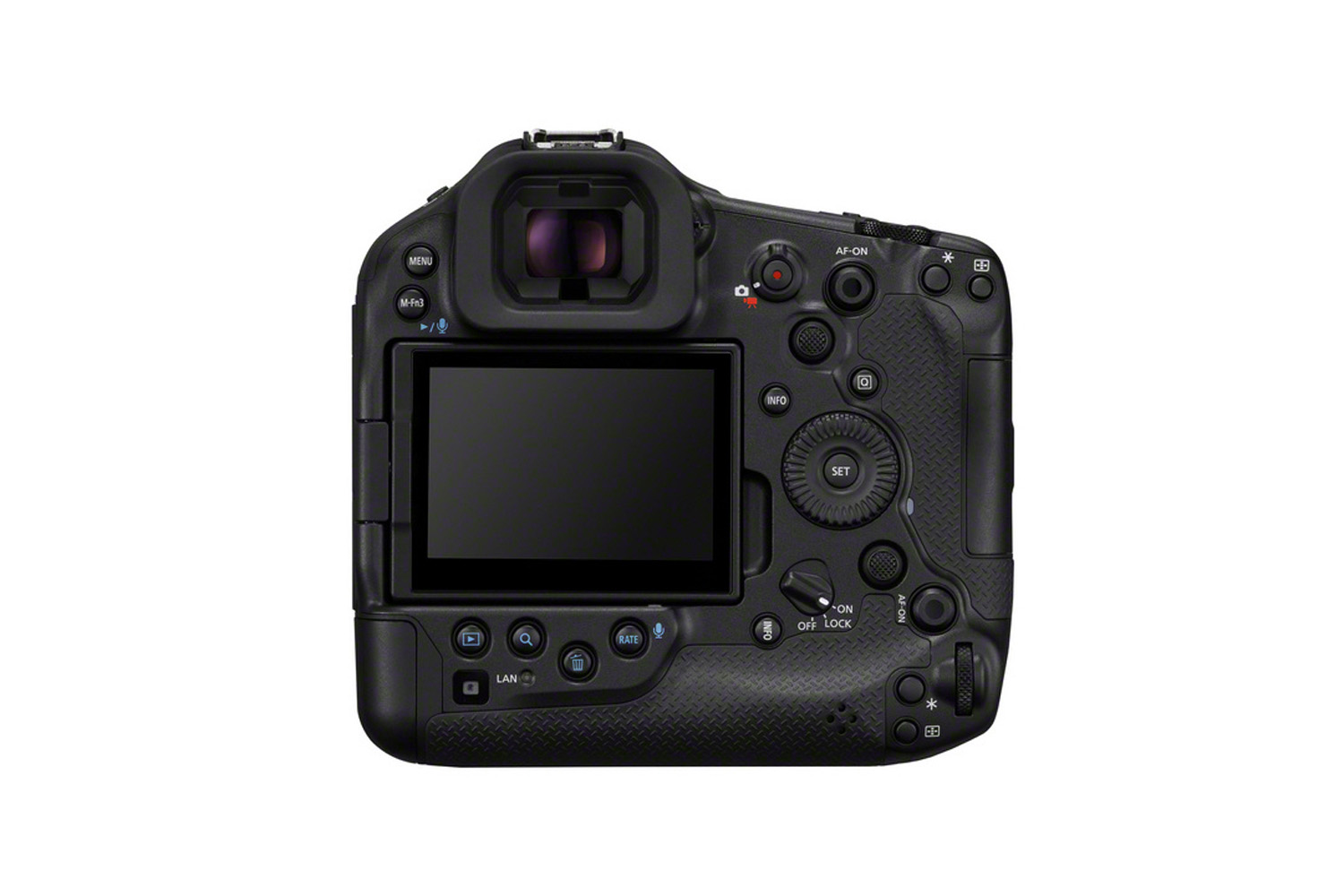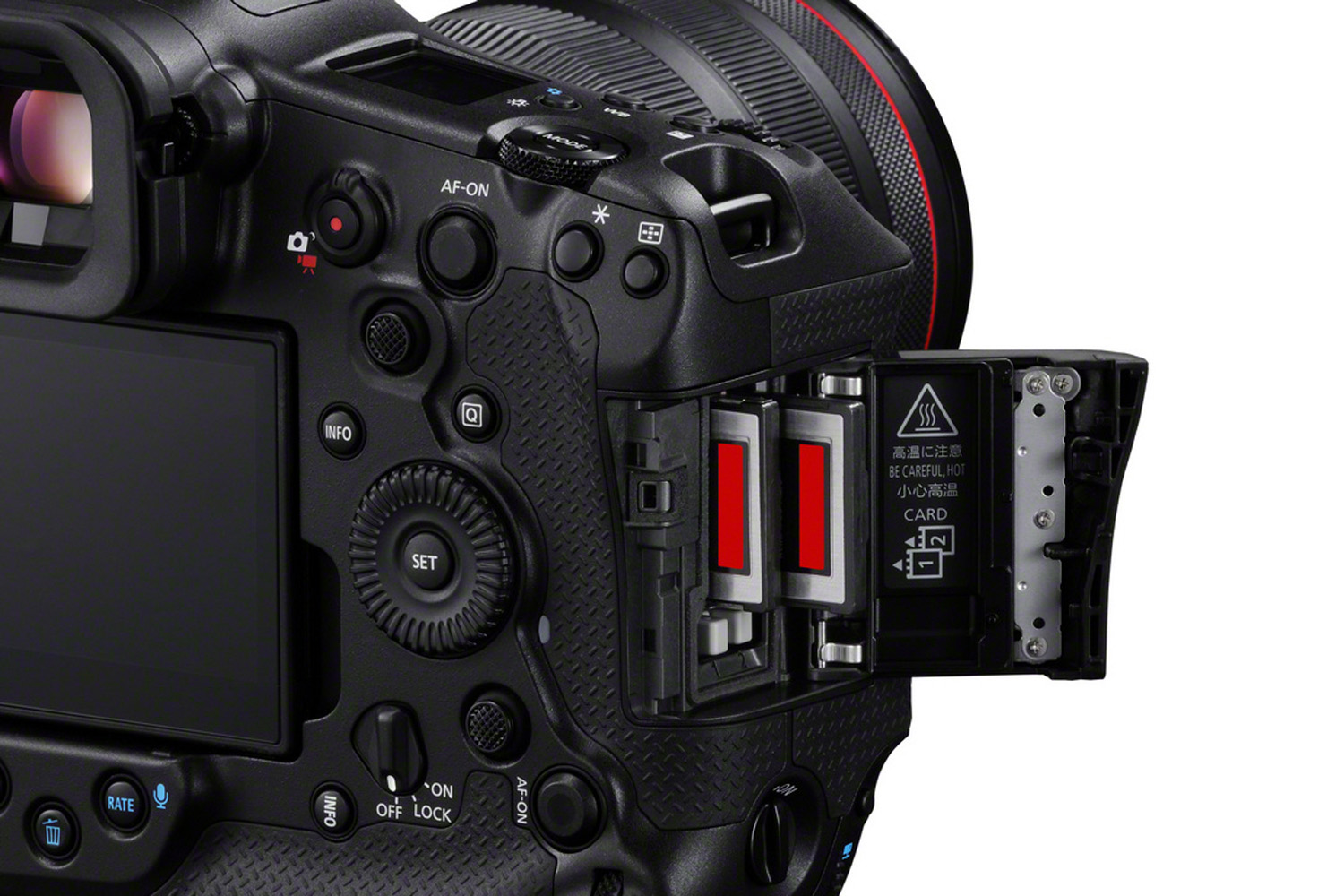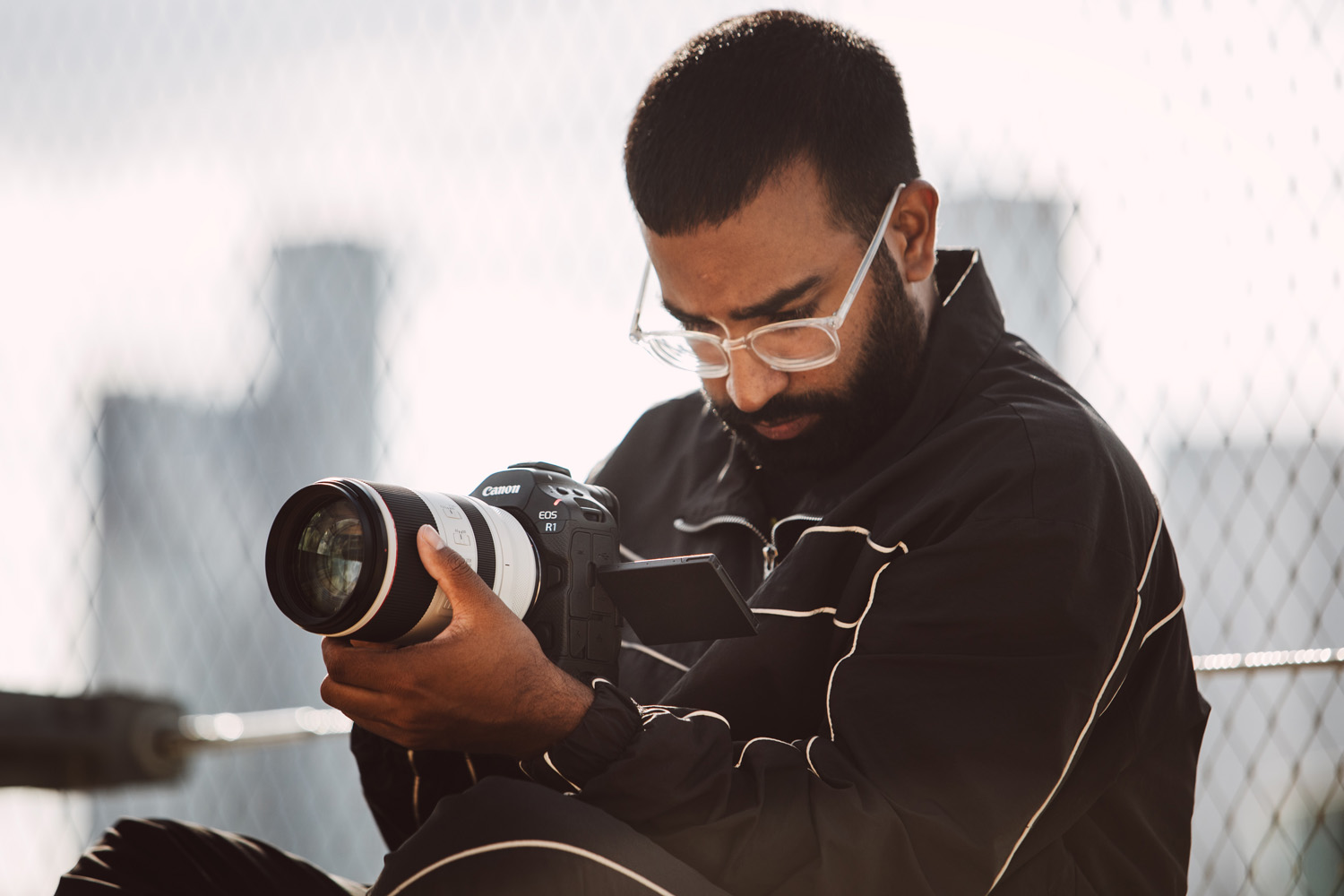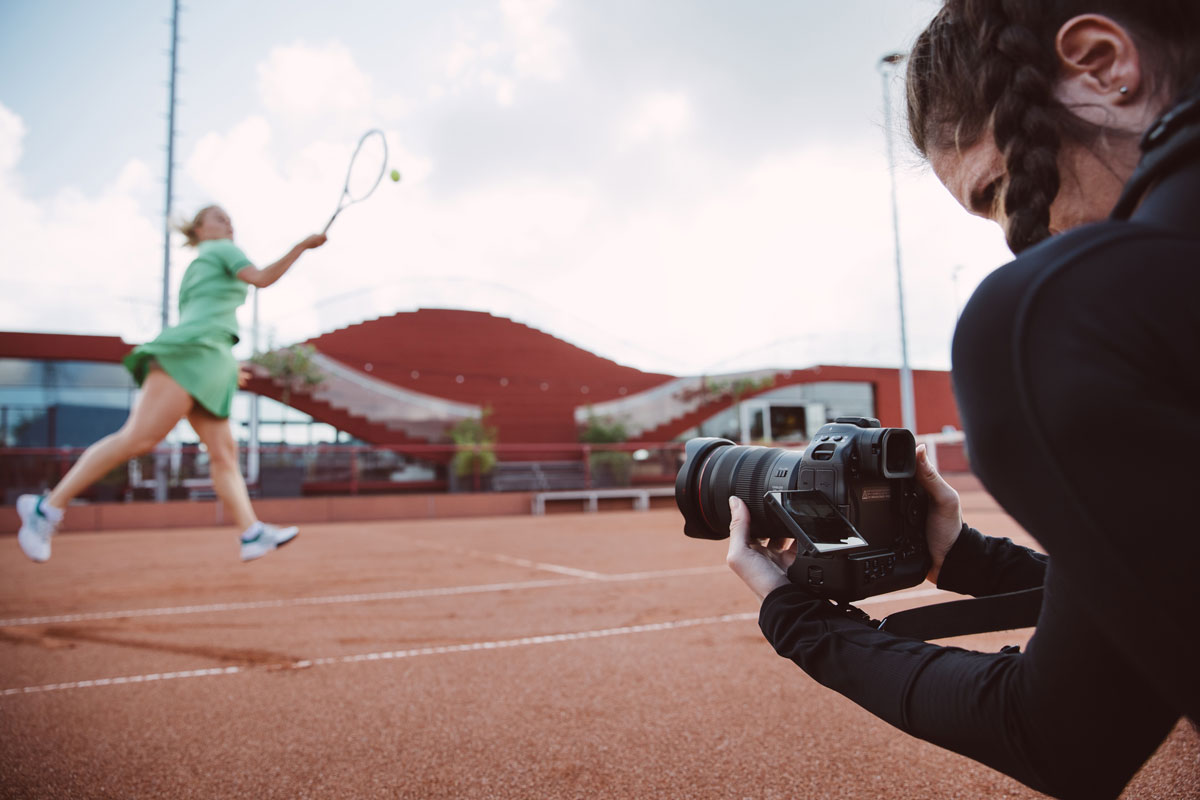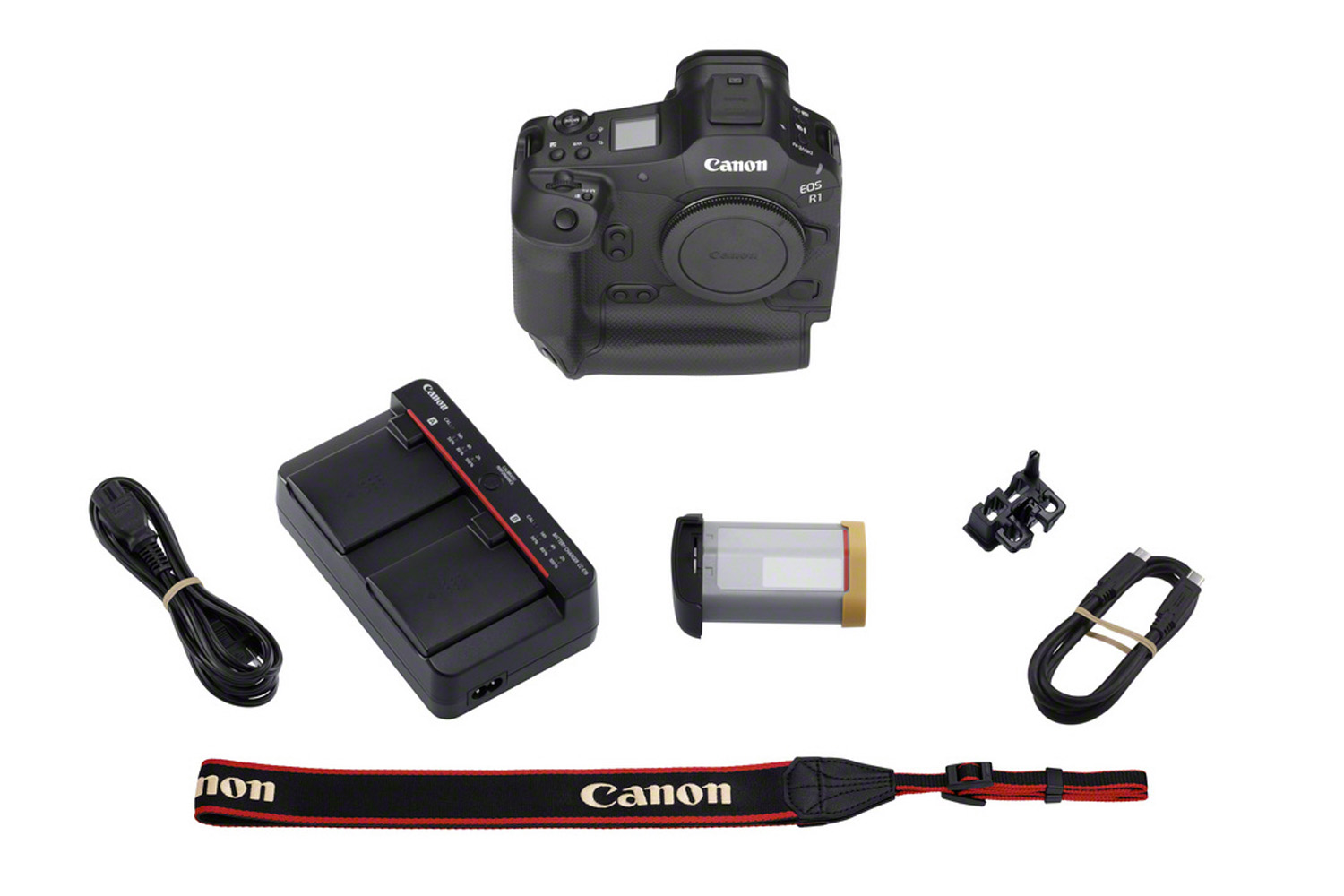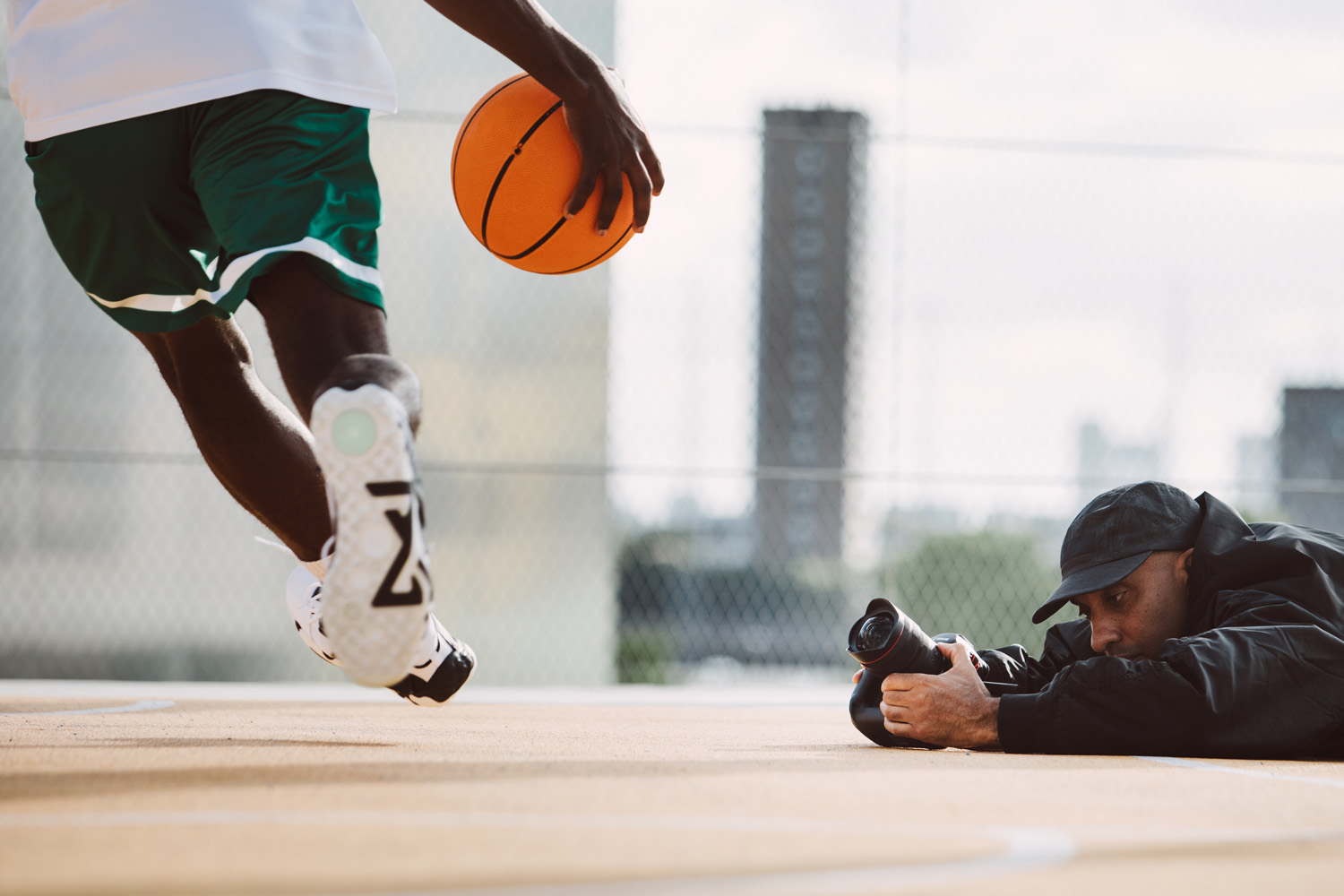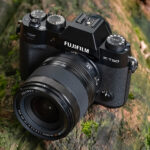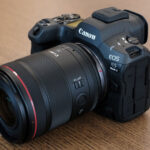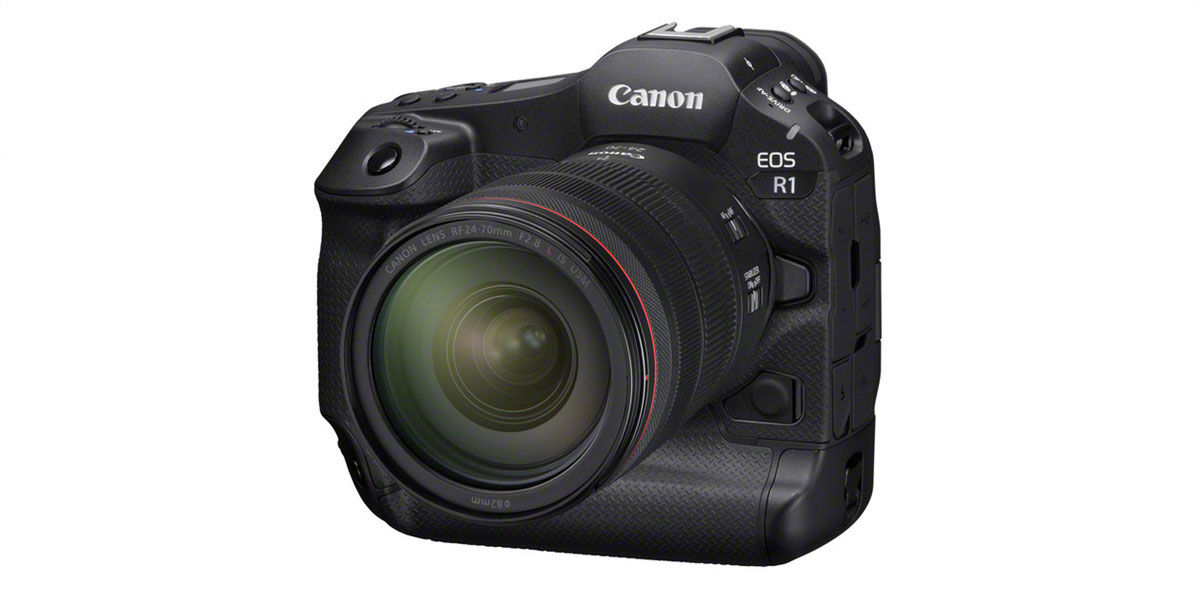
Canon EOS R1 first test review
Posted on Jul 17, 2024
We test the EOS R1, Canon’s new flagship professional mirrorless camera, at a pre-launch hands-on preview
The long-awaited Canon EOS R1 has been officially released and Photography News had the pleasure of trying it out first hand at preview event.
What is the EOS R1 and who should buy it?
Ever since the release of the F-1 in 1971, the number ‘1’ in the Canon range of cameras has been synonymous with professional photography. From there, the EOS 1 35mm film camera and the EOS 1D digital SLR have both been well-respected throughout the industry. Therefore, the launch of the EOS R1 – the first mirrorless 1 series – has been highly anticipated in the industry.
EOS R1 wholeheartedly maintains this pro tradition, bringing in some tasty new technology and finding its place as Canon’s new flagship in the mirrorless EOS R lineup.
This camera is all about speed, so professional sports photographers are a key target market. The camera has spent its recent past undergoing rigorous testing at the Euro 2024 and Wimbledon tournaments, and Canon tells us there is plenty more field testing to come at this year’s Olympics in Paris.
The camera has been released at the same time as the EOS R5 Mark II, which is a very capable hybrid camera, so while its video capabilities are impressive, the R1 has been created with stills as a primary focus.
An upgraded EVF and some pretty impressive autofocus features are the headliners, all made possible with a new sensor and processor combination.
What are the key features of the EOS R1?
Below, we dive into some of the key features of the EOS R1 and look at what they bring to the industry.
Sensor & processor
The EOS R1 utilises a newly developed 24.2MP full-frame back-side illuminated stacked Dual Pixel AF sensor. Yep, that’s an impressive number of words and rightly so, as it has the performance to match.
The new sensor is complemented by the DIGIC X and DIGIC Accelerator processor combination to maximise readout speeds.
Still shooters can benefit from up to 40fps continuous shooting and Canon claims there is a 40% reduction in rolling shutter compared to the EOS R3.
Video capabilities are also admirable, with 6K/60p RAW, 4K/60p and Full HD/240p all possible.
Autofocus
The professional sports photography industry is arguably the most demanding of the genres when it comes to speed and precision. With this in mind, any brand that specifically markets a camera for that segment needs to be able to deliver in the AF department.
According to Canon, the R1 does just that, with some remarkable technology behind its phase detection AF system. At the base of it all is Canon’s Dual Pixel Intelligent AF, which uses advanced cross-type detection and is good down to -7.5EV.
Action priority
The R1 features an impressive new focus mode called Action Priority. This mode can read the scene in front of it and analyse specific physical movements and ball positions to recognise where the action is taking place. The camera will then automatically set the focus point to ensure critical focus is achieved.
It is currently programmed to work with football, basketball and volleyball, but we would expect more sports to be added via future firmware updates.
This all sounds great on paper, but the question is, what’s it like in practice?
Unfortunately, we were not in an environment that allowed us to test it in anger, so we cannot comment, but Canon tells us the photographers who have been testing it in the field have been very happy with its performance.
It does leave us wondering: even if it surpassed all expectations, could it ever be good enough for a pro sports photographer to trust with framing the decisive moment? We can’t wait to find out when a unit becomes available for an in-depth test. In the meantime, drop us a message on social with your views.
Registered people priority
The registered people AF mode allows users to identify or ‘register’ up to 10 different subjects by taking an initial photo of them. You can then set the camera to prioritise focus on those people over others.
This is a great option for a sports photographer who, say, wants to prioritise focus on Harry Kane and Jude Bellingham as they’re surrounded by defenders in the box. But the potential benefits don’t stop there – it could be great for wedding photographers focusing on the bride, event photographers picking out people of interest, or photojournalists looking for stars on the red carpet.
Again, we did not have access to the fast-moving crowds required to properly test this feature, so you’ll have to watch this space.
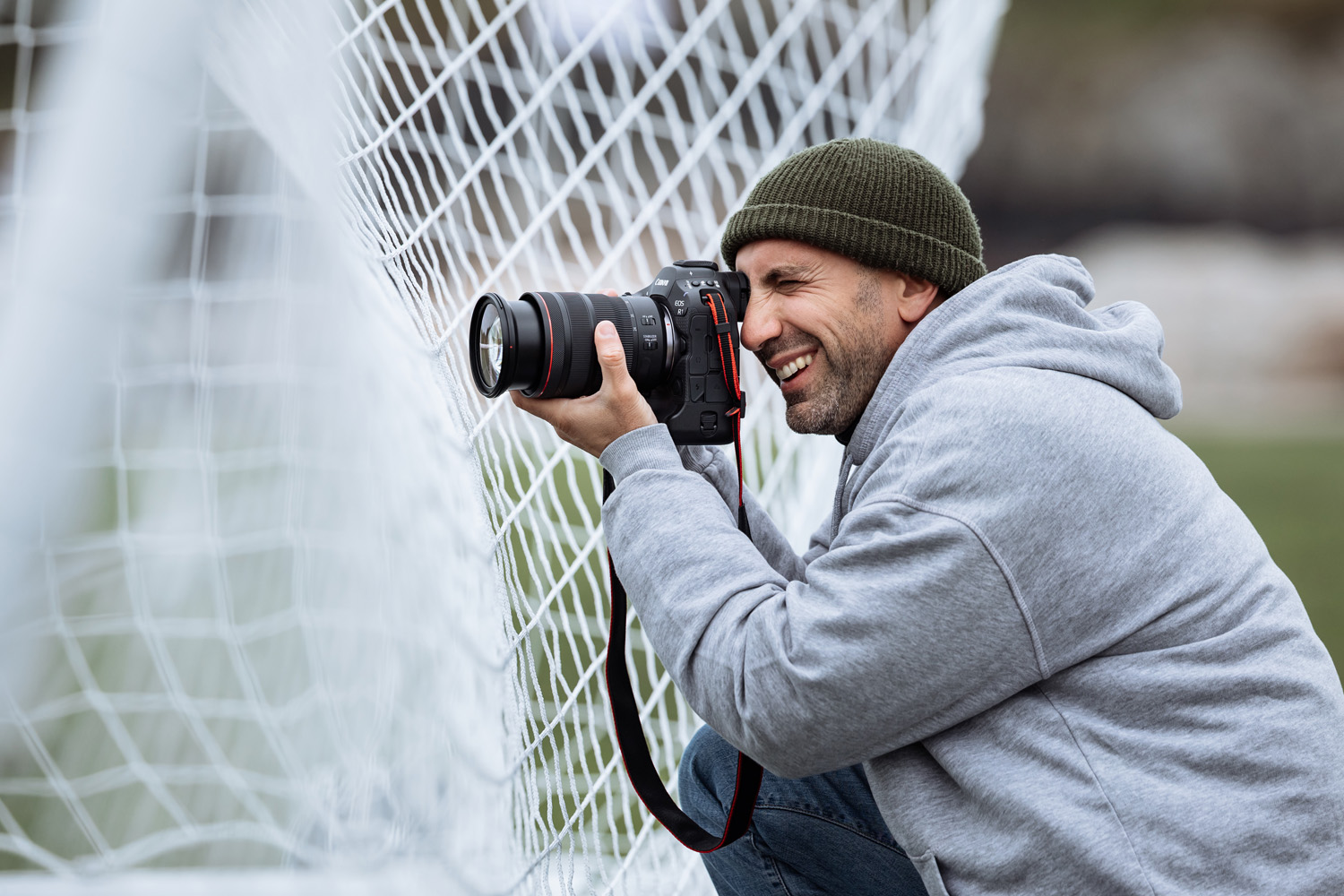
Eye-control AF
The EOS R1 builds on the eye-control AF that is featured in the EOS R3 by improving a number of different aspects. Canon tells us that the eye control sensor is now larger and the LEDs are improved. There is also a bigger eye detection area and an improved algorithm.
The company says this results in greater reliability and twice the eye detection speed. We can’t comment exactly on the latter but we can say that the performance of the eye-control AF was impressive.
I wear glasses, so the increased distance between my eye and the EVF has the potential to cause problems with this tech, but after a relatively straightforward calibration, it easily tracked my eye movement with surprising speed and precision.
I did have to reposition my eye slightly to get right to the edge of the frame, which threw the detection off slightly, but you could argue that if your subject’s that close to the edge of the frame, the shot is not a keeper anyway.
Aside from this, there was very little noticeable lag when following fast-moving, unpredictable subjects such as birds in flight. Overall the technology proved very effective when properly set up.
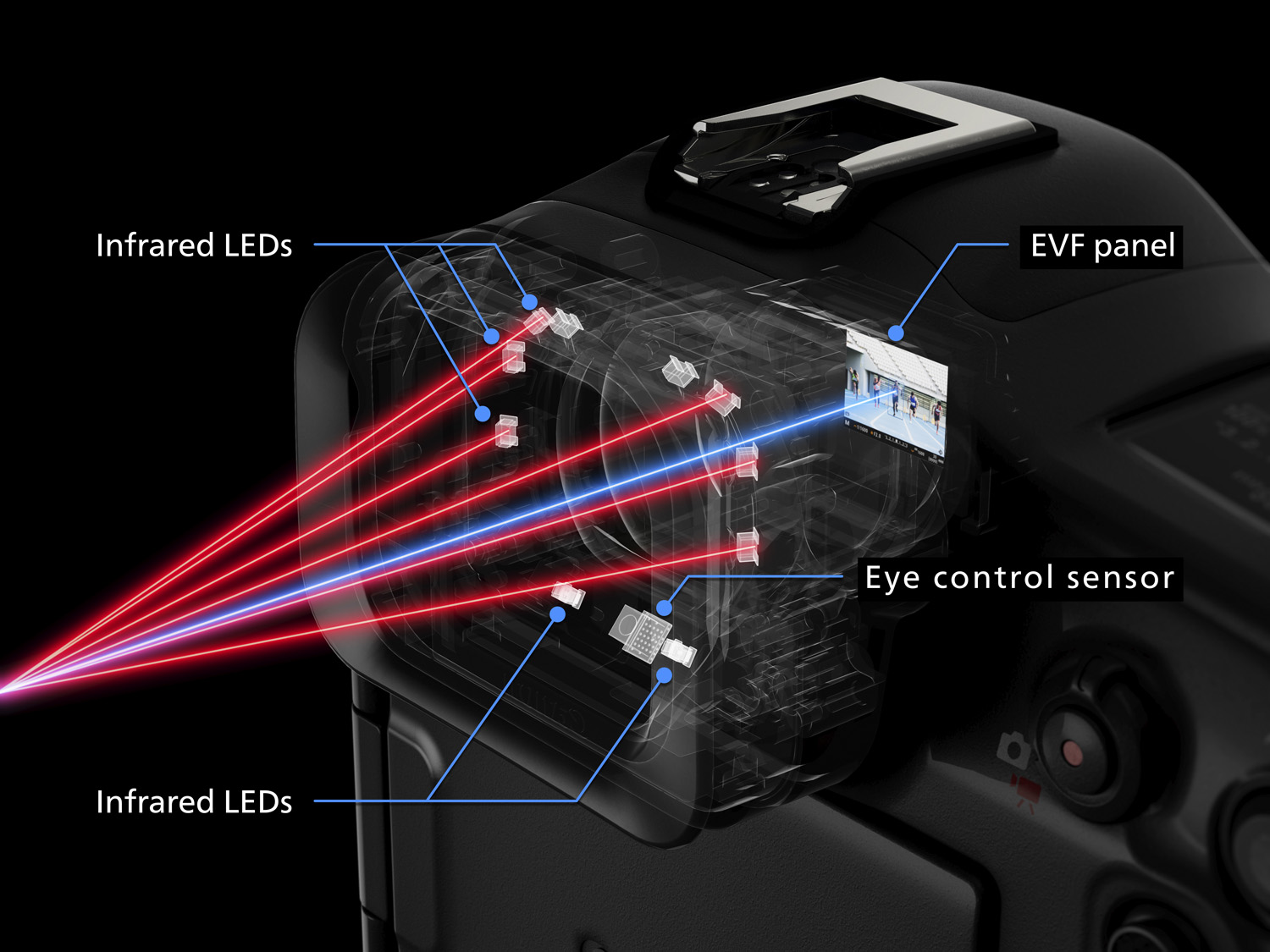
Electronic viewfinder (EVF)
The first thing you’ll notice about the EVF is that it is big. This is due to the improvements to the eye-control AF and, as such, I felt it was a small price to pay. It was comfortable and extended far enough to avoid a squashed nose (yep, I’m a left-eye shooter).
When it comes to performance, the EVF offers 9.44m dots, up to 120fps and is blackout free – another attractive feature for sports shooters.
I found the quality to be very good in the environments I was presented with. While they were not overly challenging situations, the display was smooth and bright.
It also features anti-fog sealing for additional reliability in adverse conditions.
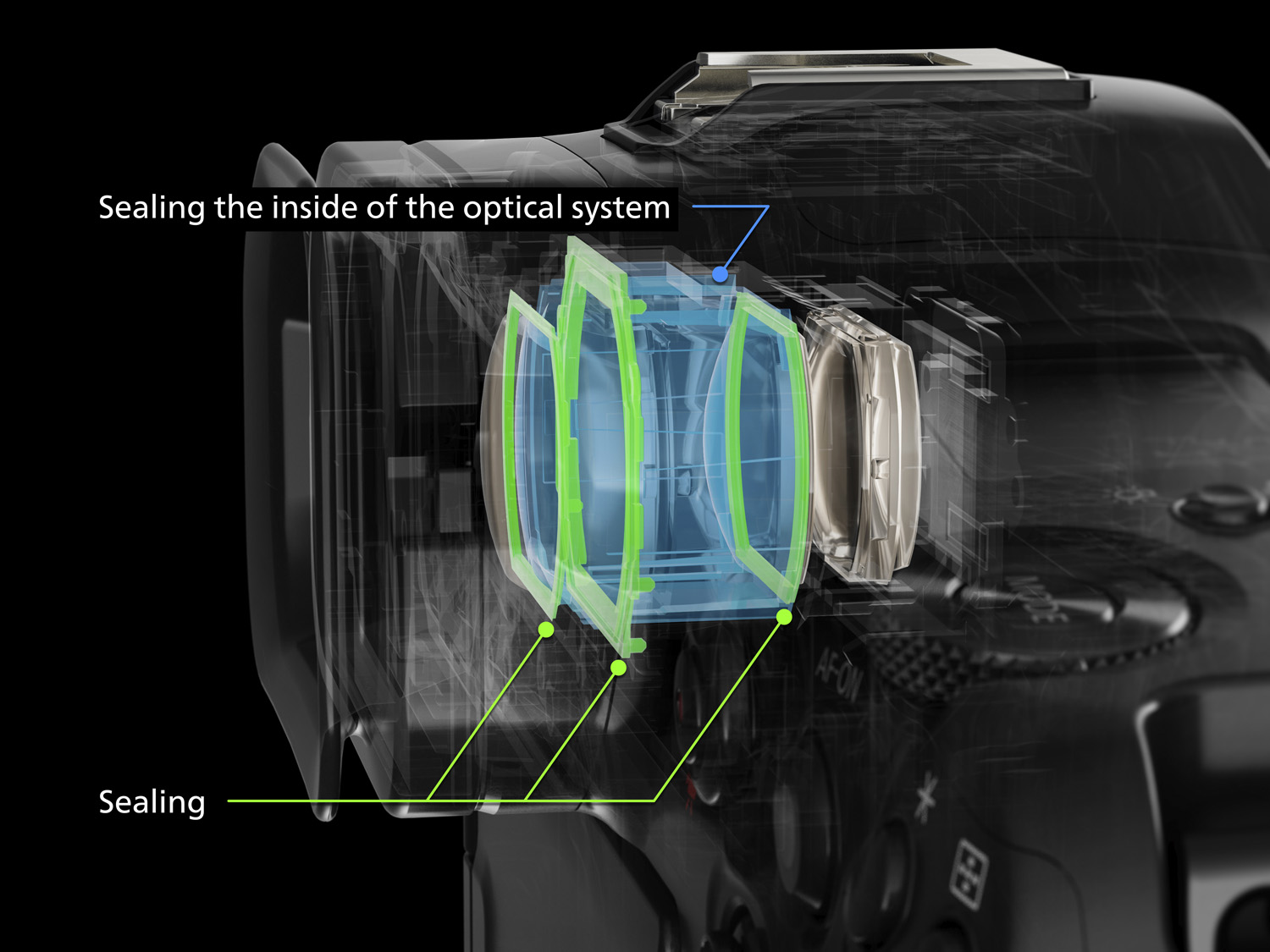
Size & handling
The EOS R1 has an integrated vertical handgrip and is covered in a well-pronounced knurled texture that certainly gives the camera a more heavy-duty, utilitarian air.
It felt good and solid in hand, affording me enough purchase to feel confident with the RF 400mm f/2.8 attached.
The five-axis in-body stabilisation added to this feeling of handheld confidence, providing up to 8.5 stops of benefit.
The body itself felt relatively light and manageable, weighing 1115g with card and battery and measuring 157.6mm(w)x149.5mm(h)x87.3mm(d).
Video features
While Canon is marketing this camera with more of a stills focus, the EOS R1 still offers some great video functions, capturing 12-bit RAW footage in camera.
It is possible to create at 6K/60p, 4K/120p and Full HD/240p and supported formats include RAW, XF-HEVC, S/XF-AVC S and Canon Log 2/Log 3.
The camera can also record 4CH, 24-bit audio and there is a handy dual-shooting feature that allows the capture of stills and video at the same time, without interrupting the recorded footage.
Other features
The processor upgrade has facilitated a number of other new features that are worth a mention.
One of the most attractive for sports and action photographers is a pre-continuous shooting feature. This means that 15/20 frames are taken continuously while the shutter release is half pressed – just in case.
Additionally, the noise reduction and image upscaling features currently on the app are now available in camera, helping to expedite workflows. The latter makes it possible to create images of up to 96MB in-camera.
The camera also supports the C2PA image provenance standard, designed to combat misinformation and disinformation online. While the camera will not be equipped with the technology immediately, Canon says it will arrive in the form of a firmware update in 2025.
EOS R1 verdict
The EOS R1 is everything you would expect it to be. Fast, strong, solid in hand and quite obviously built to be a professional tool.
Stills performance is excellent and, while Canon is marketing this with a photography focus, it is also a very capable when recording video.
This is a camera with huge possibilities and looks set to blaze a new trail in the sports photography field by leveraging AI to improve AF performance in new and fascinating ways. Whether or not this new technology will work in the field, however, remains to be seen.
We did not have the time or the environment to really see what it could do and with most test units flying straight off to Paris for the Olympics, Canon tells us it may be a while before we can really put it through its paces.
So, while first impressions are positive, the final verdict is still to come. In the meantime, we’ll just have to take Canon’s word for it.
EOS R1 price and availability
The Canon EOS R1 will be available to buy in November 2024 with a predicted price tag of £6,999.99
For more information visit the Canon website.

